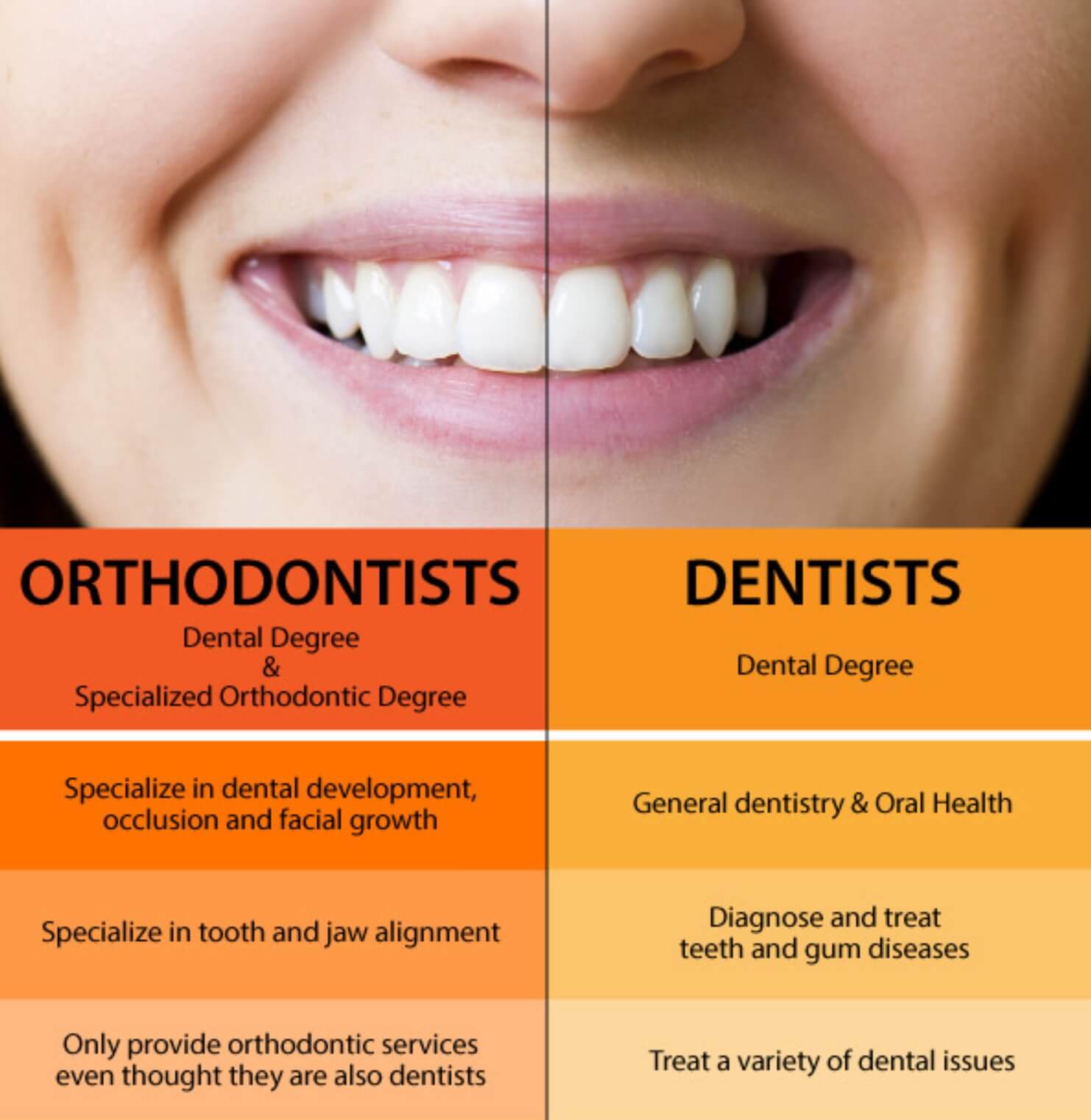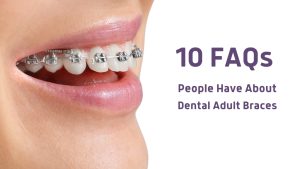Getting My Legacy Orthodontics To Work
Getting My Legacy Orthodontics To Work
Blog Article
Legacy Orthodontics - Questions
Table of ContentsWhat Does Legacy Orthodontics Mean?Legacy Orthodontics Can Be Fun For Everyone7 Easy Facts About Legacy Orthodontics ExplainedThe Only Guide for Legacy OrthodonticsFascination About Legacy Orthodontics
At Advanced Orthodontics, we provide clients with a all natural therapy experience. Furthermore, we provide flexible therapy schedules, versatile repayment options and an enjoyable, enjoyable experience. invisalign. Telephone call ( 480) 357-4900 today for even more information and timetable an appointment.An orthodontist is a dental expert trained to diagnose, protect against, and treat teeth and jaw irregularities. Orthodontists work with people of all ages, from youngsters to grownups.
Malocclusion, or misaligned teeth, can lead to oral concerns, consisting of dental cavity, gum disease, and difficult or agonizing chewing. Not everybody is born with straight teeth. If you have a bad bite or big areas in between your teeth, you might desire to speak with a dental professional specializing in orthodontic treatment.
All About Legacy Orthodontics
( Picture Credit: DigitalVision/Getty Images) Orthodontists make use of repaired and removable oral gadgets, like dental braces, retainers, and bands, to change the placement of teeth in your mouth. Orthodontic therapy is for dental abnormalities, including: Uneven teethBite problems, like an overbite or an underbiteCrowded teeth or teeth that are too much apartJaw misalignmentThe objective of orthodontic therapy is to improve your bite.
A healthy and balanced bite guarantees you can consume, eat, and speak effectively. While you might assume of orthodontists as generally for children or young adults who require dental braces, they can deal with dental troubles at any age. Orthodontists go to college, oral school, and orthodontic college. After college graduation, they invest 2 or 3 years in an orthodontic residency program.
All orthodontists are dental professionals, however not all dental practitioners are orthodontists. Orthodontic residency programs use extensive, focused direction for dental professionals. They concentrate on 2 areas: How to correctly and safely relocate teeth Just how to effectively assist advancement in the teeth, jaw, and faceOnce an orthodontist has completed training, they have the option to end up being board licensed.
The Single Strategy To Use For Legacy Orthodontics
Misalignment, or malocclusion, is the most typical reason people see an orthodontist. It is hereditary and is the result of size differences in between the upper and lower jaw or between the jaw and teeth. Malocclusion results in tooth congestion, a misshapen jaw, or irregular bite patterns. Malocclusion is usually treated with: Your orthodontist attaches metal, ceramic, or plastic square bonds to your teeth.
Some people need a headwear to help relocate teeth into line with stress from outside the mouth. A retainer is a customized tool that keeps your teeth in place.
They're usually used on kids. They can produce added space in the mouth without having to draw teeth. If you have a serious underbite or overbite, you could require orthognathic surgical treatment (likewise called orthodontic surgical procedure) to lengthen or reduce your jaw. Orthodontists utilize wires, surgical screws, or plates to sustain your jaw bone.
You may require to see an orthodontist if you have: Crowding or otherwise sufficient area for all of your teethOverbite, when your upper teeth come your base teethUnderbite, when your base teeth are as well much forwardSpacing or issues with gapsCrossbite, which is when your top teeth fit behind your bottom teeth when your mouth is closedOpen bite or a vertical void in between your front bottom and top teethMisplaced midline, when the center of your base and top teeth do not line up Correcting an oral malocclusion can: Make biting, eating, and speaking easierImprove the balance of our face and your overall appearanceEase discomfort click for info from temporomandibular joint disordersDifferent your teeth and make them easier to clean, helping prevent dental cavity or dental caries It's commonly a dental expert that initially notices misaligned teeth during a regular examination.
The Best Strategy To Use For Legacy Orthodontics

During your initial orthodontic assessment, you'll likely have: An oral examPhotos taken of your face and smileDental X-raysPanoramic (360 degree) X-rays of your face and headImpressions to create molds of your teethThese tests will assist your orthodontist recognize just how to proceed with your therapy. clear braces. An orthodontist is a dentist that's had training to treat your teeth and jaw
Orthodontists might carry out surgery, exams,X-rays,and even more to assist you achieve a more comfortable, much healthier smile. An orthodontist is concentrated on your bite, so something like a cracked tooth would certainly be managed by a dental practitioner. Orthodontists are dentists but not all dental practitioners are orthodontists. Orthodontists are focused on your bite, or the means your teeth fit with each other, and the straightness of your teeth.
Ever before questioned how stars always appear to have flawlessly straightened teeth? The solution typically hinges on the experienced hands of an orthodontist. Yet exactly what does an orthodontist do? Orthodontists are dental specialists that concentrate on correcting abnormalities in the teeth and jaws. Their know-how goes past just producing an attractive smile; it encompasses improving your total oral wellness and function.
The 8-Second Trick For Legacy Orthodontics

While braces are one of the most frequently acknowledged orthodontic therapy, orthodontists have a diverse toolkit at their disposal. The details technique selected relies on the intensity of the instance, the individual's age, and specific choices. These tried-and-true dental braces use a system of brackets bound to the teeth and connected by cords.
These removable trays are tailor-made to gradually change the teeth's placement. In cases of narrow jaws, palatal expanders can be used to create space for appropriate tooth placement.
Report this page